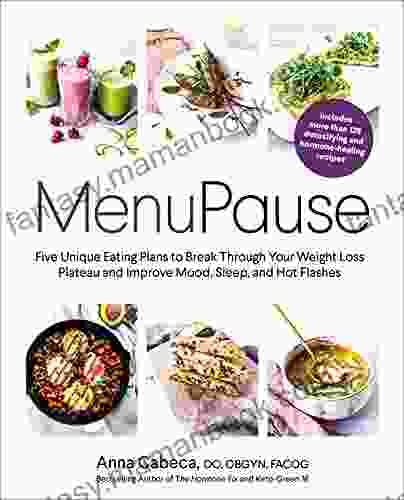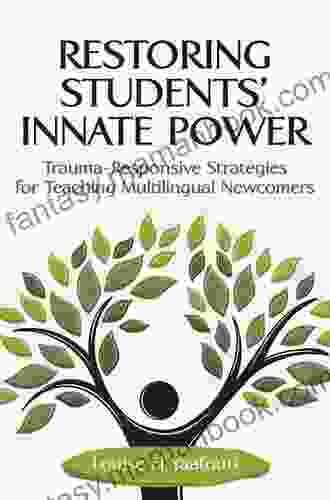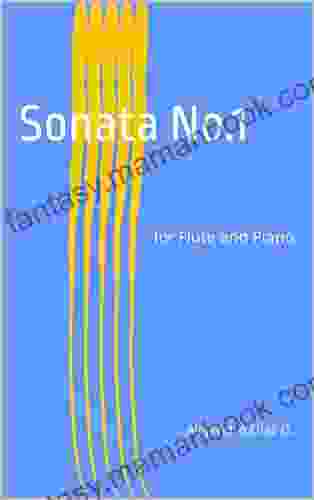Restoring Students' Innate Power: Unlocking Latent Potential for Academic Success

Students' motivation and engagement are essential factors in their academic progress and overall success. However, many students struggle with staying motivated and finding meaning in their studies. This can lead to decreased academic performance, low self-esteem, and even dropping out of school.
Fortunately, research in educational psychology has shown that students have an innate drive to learn and explore. This drive is often referred to as "intrinsic motivation." Intrinsic motivation is fueled by a desire for knowledge and understanding, and it is associated with higher levels of academic achievement, enjoyment of learning, and persistence in the face of challenges.
However, intrinsic motivation can be stifled by a number of factors, such as a lack of autonomy, competence, or relatedness. When students feel that they are not in control of their learning, that they are not good at it, or that they do not belong in the classroom, their intrinsic motivation is likely to decline.
5 out of 5
| Language | : | English |
| File size | : | 2272 KB |
| Text-to-Speech | : | Enabled |
| Screen Reader | : | Supported |
| Enhanced typesetting | : | Enabled |
| Word Wise | : | Enabled |
| Print length | : | 402 pages |
The good news is that there are a number of things that teachers and parents can do to help students restore their innate power and become more intrinsically motivated learners. By creating a supportive and engaging learning environment, providing students with opportunities for autonomy, competence, and relatedness, and fostering a growth mindset, we can help students unlock their full potential and achieve academic success.
Intrinsic motivation is a key factor in student success. Research has shown that students who are intrinsically motivated are more likely to:
- Achieve higher grades
- Enjoy learning
- Persist in the face of challenges
- Have a positive self-concept
- Be engaged in their learning
- Develop critical thinking skills
- Be creative and innovative
In contrast, students who are extrinsically motivated (i.e., motivated by external rewards or punishments) are less likely to achieve these positive outcomes. Extrinsic motivation is often short-lived and can lead to students feeling stressed, anxious, and burnt out.
It is clear that intrinsic motivation is essential for student success. By understanding the factors that contribute to intrinsic motivation, we can create learning environments that foster this important quality.
Research in educational psychology has identified three key factors that contribute to intrinsic motivation:
- Autonomy: Students need to feel like they have control over their learning. This means giving them choices in how they learn, what they learn, and how they are assessed.
- Competence: Students need to feel like they are good at what they are learning. This means providing them with challenges that are appropriate for their skill level and giving them feedback that is focused on their strengths.
- Relatedness: Students need to feel like they belong in the classroom and that they are connected to their teachers and classmates. This means creating a supportive learning environment where students feel safe and respected.
When students feel autonomous, competent, and related, they are more likely to be intrinsically motivated to learn. They are more likely to engage in their learning, persist in the face of challenges, and achieve their full potential.
There are a number of things that teachers and parents can do to help students restore their innate power and become more intrinsically motivated learners. Here are a few suggestions:
- Create a supportive and engaging learning environment. This means creating a classroom where students feel safe, respected, and challenged. It also means providing students with opportunities to explore their interests and learn in ways that are meaningful to them.
- Provide students with opportunities for autonomy. This means giving students choices in how they learn, what they learn, and how they are assessed. It also means allowing students to make mistakes and learn from them.
- Help students develop a sense of competence. This means providing students with challenges that are appropriate for their skill level and giving them feedback that is focused on their strengths. It also means celebrating students' successes and helping them to learn from their mistakes.
- Foster a growth mindset. A growth mindset is the belief that intelligence is not fixed but can be developed through effort. Students with a growth mindset are more likely to be intrinsically motivated to learn because they believe that they can improve their abilities through hard work.
By creating a supportive and engaging learning environment, providing students with opportunities for autonomy, competence, and relatedness, and fostering a growth mindset, we can help students unlock their full potential and achieve academic success.
Students have an innate drive to learn and explore. However, this drive can be stifled by a number of factors, such as a lack of autonomy, competence, or relatedness. By understanding the factors that contribute to intrinsic motivation, we can create learning environments that foster this important quality.
When students are intrinsically motivated, they are more likely to be engaged in their learning, persist in the face of challenges, and achieve their full potential. By helping students to restore their innate power, we can help them to become lifelong learners who are passionate about learning and who are prepared to succeed in all aspects of their lives.
5 out of 5
| Language | : | English |
| File size | : | 2272 KB |
| Text-to-Speech | : | Enabled |
| Screen Reader | : | Supported |
| Enhanced typesetting | : | Enabled |
| Word Wise | : | Enabled |
| Print length | : | 402 pages |
Do you want to contribute by writing guest posts on this blog?
Please contact us and send us a resume of previous articles that you have written.
 Top Book
Top Book Novel
Novel Fiction
Fiction Nonfiction
Nonfiction Literature
Literature Paperback
Paperback Hardcover
Hardcover E-book
E-book Audiobook
Audiobook Bestseller
Bestseller Classic
Classic Mystery
Mystery Thriller
Thriller Romance
Romance Fantasy
Fantasy Science Fiction
Science Fiction Biography
Biography Memoir
Memoir Autobiography
Autobiography Poetry
Poetry Drama
Drama Historical Fiction
Historical Fiction Self-help
Self-help Young Adult
Young Adult Childrens Books
Childrens Books Graphic Novel
Graphic Novel Anthology
Anthology Series
Series Encyclopedia
Encyclopedia Reference
Reference Guidebook
Guidebook Textbook
Textbook Workbook
Workbook Journal
Journal Diary
Diary Manuscript
Manuscript Folio
Folio Pulp Fiction
Pulp Fiction Short Stories
Short Stories Fairy Tales
Fairy Tales Fables
Fables Mythology
Mythology Philosophy
Philosophy Religion
Religion Spirituality
Spirituality Essays
Essays Critique
Critique Commentary
Commentary Glossary
Glossary Bibliography
Bibliography Index
Index Table of Contents
Table of Contents Preface
Preface Introduction
Introduction Foreword
Foreword Afterword
Afterword Appendices
Appendices Annotations
Annotations Footnotes
Footnotes Epilogue
Epilogue Prologue
Prologue Charles R King
Charles R King Jessica Brody
Jessica Brody Miles Watson
Miles Watson Anita Valle
Anita Valle Harry Stillwell Edwards
Harry Stillwell Edwards Jeffrey Robb
Jeffrey Robb Anton Chekhov
Anton Chekhov Anna Cabeca Do Obgyn
Anna Cabeca Do Obgyn Robyn Vandersys
Robyn Vandersys Monisha Bajaj
Monisha Bajaj Robert Low
Robert Low Matt Strain
Matt Strain Roger A Arnold
Roger A Arnold Haji Outlaw
Haji Outlaw Don Mckay
Don Mckay Robert Southey
Robert Southey Katherine Hall Page
Katherine Hall Page Elizabeth Sherrill
Elizabeth Sherrill Anita Diamant
Anita Diamant Jackie Alpers
Jackie Alpers
Light bulbAdvertise smarter! Our strategic ad space ensures maximum exposure. Reserve your spot today!
 Isaac AsimovFollow ·8.1k
Isaac AsimovFollow ·8.1k Fred FosterFollow ·2.8k
Fred FosterFollow ·2.8k Maurice ParkerFollow ·19.1k
Maurice ParkerFollow ·19.1k Sidney CoxFollow ·19.5k
Sidney CoxFollow ·19.5k Arthur C. ClarkeFollow ·8k
Arthur C. ClarkeFollow ·8k Alexandre DumasFollow ·14k
Alexandre DumasFollow ·14k Marcel ProustFollow ·7.9k
Marcel ProustFollow ·7.9k Edmund HayesFollow ·13.5k
Edmund HayesFollow ·13.5k

 Roland Hayes
Roland HayesFive Unique Eating Plans to Shatter Your Weight Loss...
Weight loss journeys can be a rollercoaster...

 Gustavo Cox
Gustavo CoxThe Small Habits Revolution: How Tiny Changes Can...
Are you ready to...

 Herman Mitchell
Herman MitchellVisit Alook Cool Place In Outer Space Let Explore The...
Welcome to the World Series...

 Hassan Cox
Hassan CoxGaunt's Ghosts Omnibus: A Comprehensive Guide to the Epic...
Prepare to embark on an...
5 out of 5
| Language | : | English |
| File size | : | 2272 KB |
| Text-to-Speech | : | Enabled |
| Screen Reader | : | Supported |
| Enhanced typesetting | : | Enabled |
| Word Wise | : | Enabled |
| Print length | : | 402 pages |
















